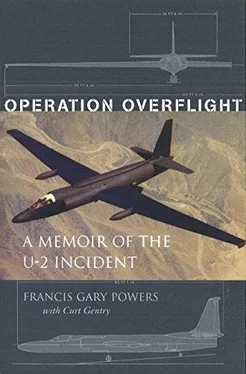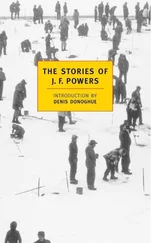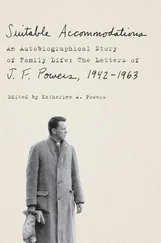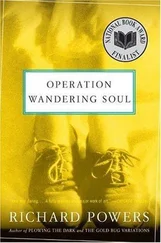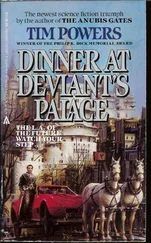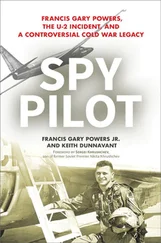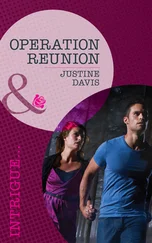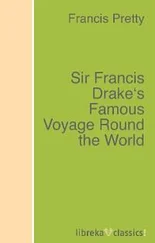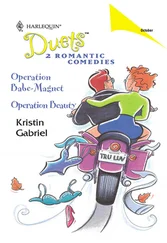If there was a backup pilot on each mission, why hadn’t I ever served my turn? Maybe I had, and was lying when I claimed to know nothing about the earlier overflights. Trying to straddle both sides of the fence, I had indicated that, as far as I knew, having an extra pilot sit in on briefings seemed to be a new practice.
Rudenko asked about the U-2. “Is it a reconnaissance military plane?”
Again the attempt to make me military.
A. Well, I wouldn’t call it exactly a military plane, but it is an airplane of the type which is for reconnaissance as well as research work at high altitudes.
Q. And for military purposes?
A. Well, as I said, I don’t know whether it was military or not.
Q. But it did belong to your detachment?
A. Yes.
Q. That is, the 10-10 detachment?
A. Yes.
Q. Is this a military detachment?
A. Well, it is commanded by military personnel, but the main part of the personnel were civilians.
Having failed in court to get me to say the unit was military, they found a much easier way. In the “official” Soviet transcript of the trial, published both in the USSR and the United States in English translation, “Well” was changed to “Yes.”
The transcript contains a number of such changes. That each involved an important point, such as the above, proves that the cause was not simply poor translation.
Fortunately, several of the reporters present did not depend on the authorized text released by the Soviets but kept their own shorthand notes.
Q. Did you see any identification marks on the U-2 before the flight?
A. Well, I could not inspect the plane because I was wearing my special flying suit, and hence I do not know if it had any markings. It was hard for me to look at all the sides of the plane.
Q. But did you see any identification marks?
A. No, I did not observe the plane at close range.
Q. But at any time, Defendant Powers, did you see any identification marks on the U-2?
A. All the planes based in Turkey had identification marks.
Q. But I ask you about this U-2.
A. I personally did not see any identification marks on this plane, but all the other planes which I have seen did have identification marks.
Rudenko was getting exasperated.
Q. It is important for me to establish that the plane on which Defendant Powers flew did not have identification marks. Why were there not any identification marks?
A. I cannot be positive that there were none.
Q. But you just informed this court that you did not see any identification marks.
A. I did not look for any.
Q. You further stated that the absence of the identification marks was for the purpose of hiding the national identity of these planes.
A. Would you repeat the question?
Although the length of the stage separated us, I was sure Rudenko’s face had turned livid.
Q. In the preliminary investigation you stated that the absence of identification marks was for the purpose of hiding the national identity of these planes.
Rudenko was lying, and we both knew it.
A. I do not remember.
Q. You do not remember. We will leave it to the experts to prove that there were not any identification marks….
Realizing that flying an aircraft without identification marks was in violation of international law, and not sure whether such an admission would worsen the case against me and further compromise the United States, I had insisted during the interrogations that all the U-2s at Adana bore national identity marks. This was true, at least part of the time. Such marks appeared on the tail. Prior to each overflight, the markings were removed. But I had no intention of admitting this. Nor, since I had stuck to that story throughout the interrogations, had I any intention of changing it now.
When I originally told them this, of course, I had been unsure how much of the plane had survived the crash. That was why I had qualified my statement, saying that prior to this particular flight I hadn’t noticed the markings. It was not until seeing the wreckage in the Gorky Park exhibit that I realized those portions of the plane on which the markings should appear had come through relatively intact.
As with many of my statements during interrogation, this particular fiction was tied in with several others. If I had admitted that sometimes the planes bore markings, sometimes not, the Russians could have asked how often I had seen the planes without markings, and when—giving them at least a clue as to the number and timing of the overflights.
It may well be that I credited their questions with far more subtlety and deviousness than was actually the case. But at the time, each one had seemed a potential trap.
After questioning me about the time of my takeoff and the time I crossed the Soviet border, Rudenko asked the big question. I had been waiting for this, afraid he might not ask.
Q. At what altitude were you supposed to fly?
A. At the maximum altitude. Altitude varies with fuel load. As the fuel burns out, the plane climbs higher.
Q. To what altitude?
A. The maximum altitude is sixty-eight thousand feet.
A few minutes later, after asking questions about my flight chart, reserve fields, landing arrangements at Bodö, air speed, etc., he returned to it.
Q. At what height did the flight occur?
A. The flight began approximately at sixty-seven thousand feet and as the fuel burned out I rose to sixty-eight thousand feet.
Rudenko was obviously anxious to get the point across, to prove that the USSR did indeed possess rockets capable of reaching the higher altitudes.
For a change, we were in complete accord.
Q. On your plane there was aerial-reconnaissance photo equipment. What instructions were you given?
A. I was not given any special instructions to operate the equipment. I was to turn switches on and off as indicated on the chart.
Q. With what purpose did you switch on the equipment.
A. I was instructed how to do this. It was indicated on the map that the equipment was to be turned on.
Q. Defendant Powers, you probably know the purpose for which you had to turn off and on the equipment?
A. I could very well guess the purpose for which I turned on and off the equipment. However, to be very exact, I would have to say no.
Q. Surely Defendant Powers knew of this equipment?
A. Not at first. But now that I have seen its results, I now know better what this equipment is for.
Q. I think that Defendant Powers did not doubt that this was a reconnaissance plane from the moment he started his flight.
A. No, I didn’t doubt it.
Q. On your plane were found radio intelligence equipment, tape recordings of various Soviet radar stations. Is that so?
A. I have been told that there were tape recorders, but I don’t know. However, much of the general equipment, I do not know what it looked like except what I’ve seen here.
Q. But you, Defendant Powers, were trained enough to know that such equipment is designed for special spying flights?
A. I didn’t know anything about the equipment before.
Q. But you were sufficiently informed that this flight had espionage aims?
A. I saw no other reason for such a flight. I ask that the lights of the cameras be taken away. They are blinding my eyes.
PRESIDING JUDGE: I ask that the lights be taken away….
What most of the audience couldn’t know was that this was an old battle, one which, like those of the Civil War, had been verbally fought over and over again.
At the interrogations, I had insisted I had never seen the special equipment, wasn’t sure exactly what it did, had never been informed that the purpose of my flight was espionage, though my suspicions were another matter.
An affirmative response to any of these points would have opened the door to questions I didn’t want to answer.
Читать дальше
